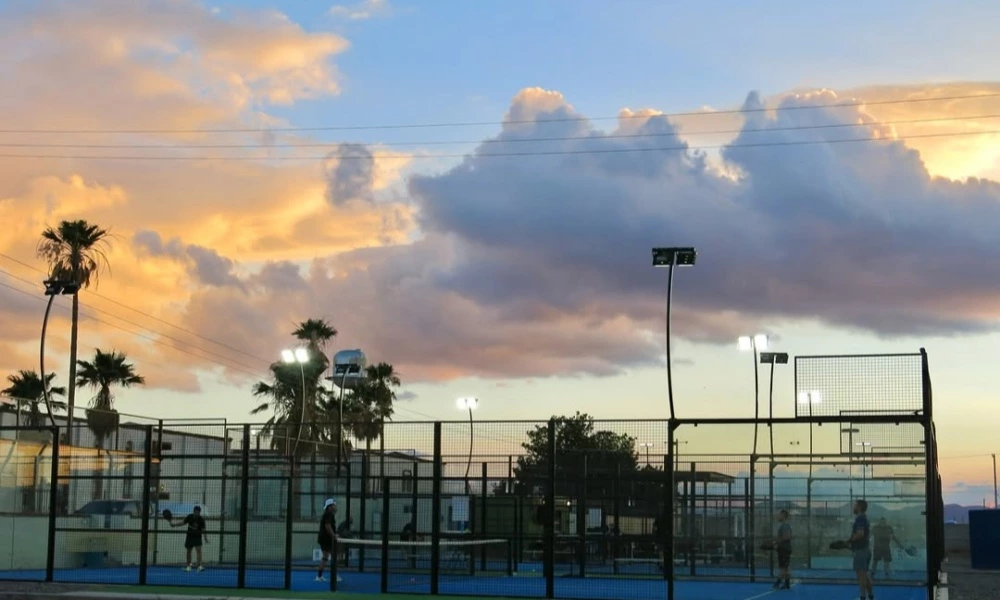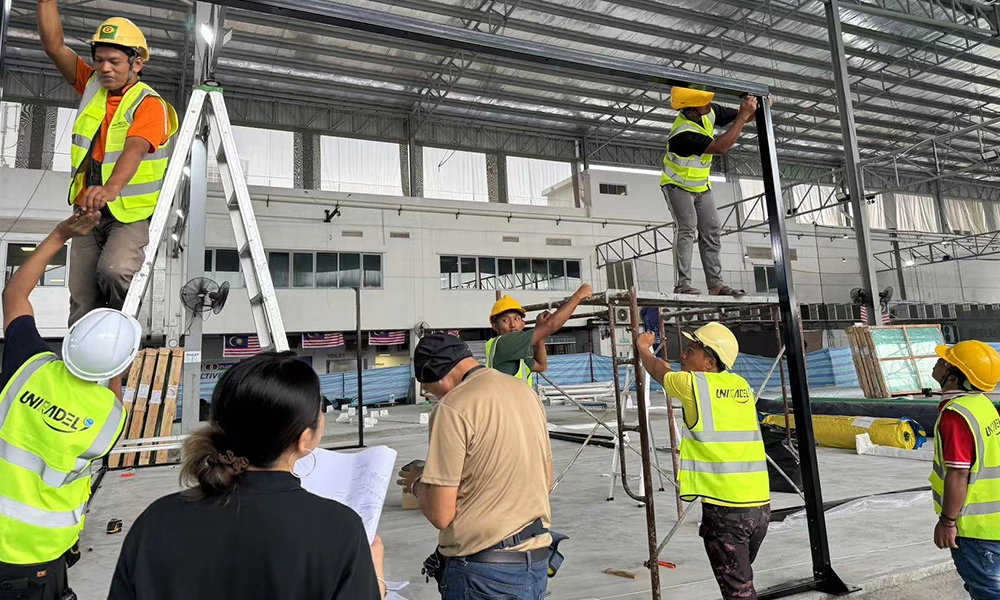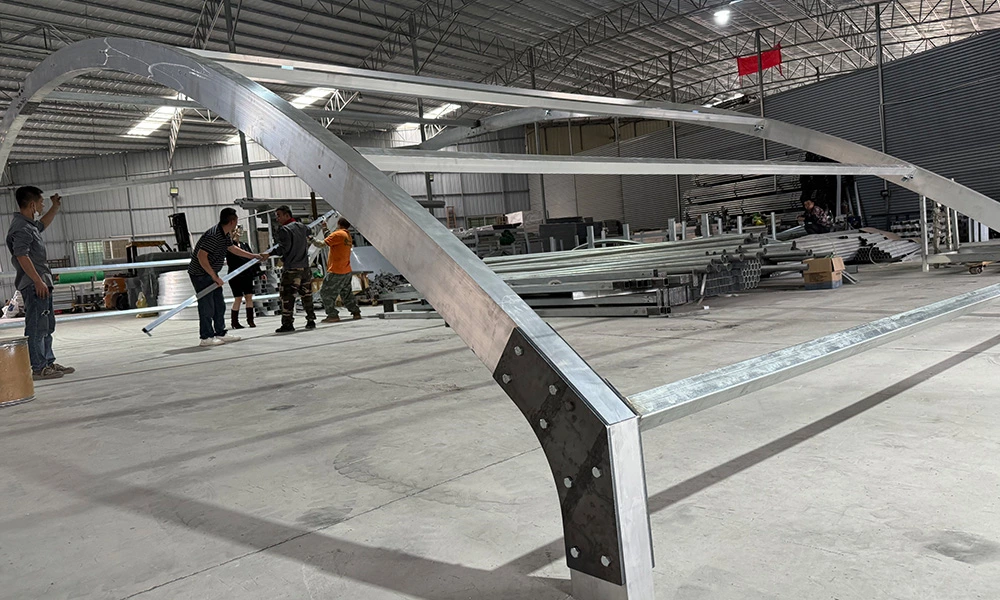Why is padel court the best choice for business and investment?
In today's fast-paced business world that emphasizes efficiency and connections, finding a platform that balances sports, social interaction, health and business value is becoming a consensus among more and more entrepreneurs. The rise of padel (board tennis) courts is not only a sports trend, but also an investment outlet. From customer experience to venue operation, padel has brought unprecedented return potential to investors.
1. Highly competitive and highly sticky sports stimulate customer enthusiasm
Padel has a natural competitive nature and is popular among corporate executives, entrepreneurs and white-collar workers. Unlike the lengthy and slow golf, padel has a faster pace and stronger confrontation, and is favored by business people who pursue efficiency and passion. Once customers try it, they often continue to come back. Not only do they participate frequently, but they are also happy to introduce friends and colleagues to participate, which drives natural word-of-mouth communication.
2. High return on investment and flexible operation model
Compared with the construction of traditional golf, tennis and other sports venues, padel courts occupy a small area, have a short construction period and low construction costs. A standard padel court only needs about 200 square meters of space, and the cost of a single court is in the range of 10,000 to 12,000 US dollars (slightly fluctuating depending on whether it is a panoramic or canopy design), but its unit efficiency is much higher than other projects. Through multiple income models such as membership, hourly billing, course teaching, event activities, and brand cooperation, the padel court can achieve a healthy cash flow return in the short term.
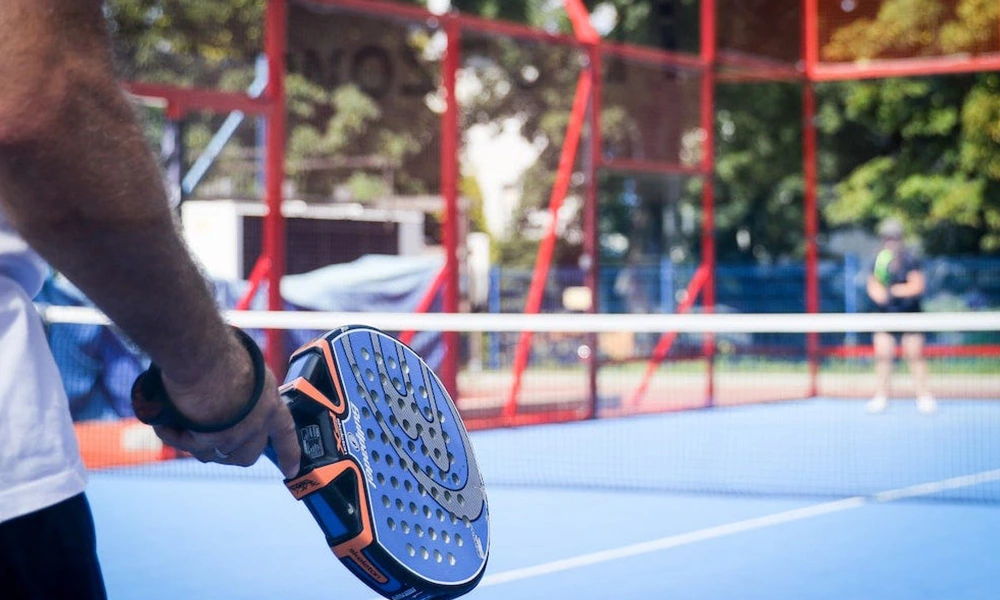
3. Strong social attributes to promote business connections
Padel is a doubles sport that requires cooperation, communication and collaboration, which naturally promotes the establishment and deepening of interpersonal relationships. Internal activities of corporate organizations, customer appreciation, business negotiations, and even the connection of cross-industry elite communities can be easily achieved through the padel scene. This efficient "sports + social" model is the ideal platform pursued by contemporary business people.
4. The advantages of large city layout, saving time and being closer to life
In large cities, projects such as golf often require a special trip out of town to spend half a day or even a day. In contrast, padel courts can be built on the rooftops of office buildings, next to shopping malls, in parks or indoor vacant factories, etc., fully close to the core population's living circle. For business people who value time, flexible one-hour exercise arrangements are very attractive.
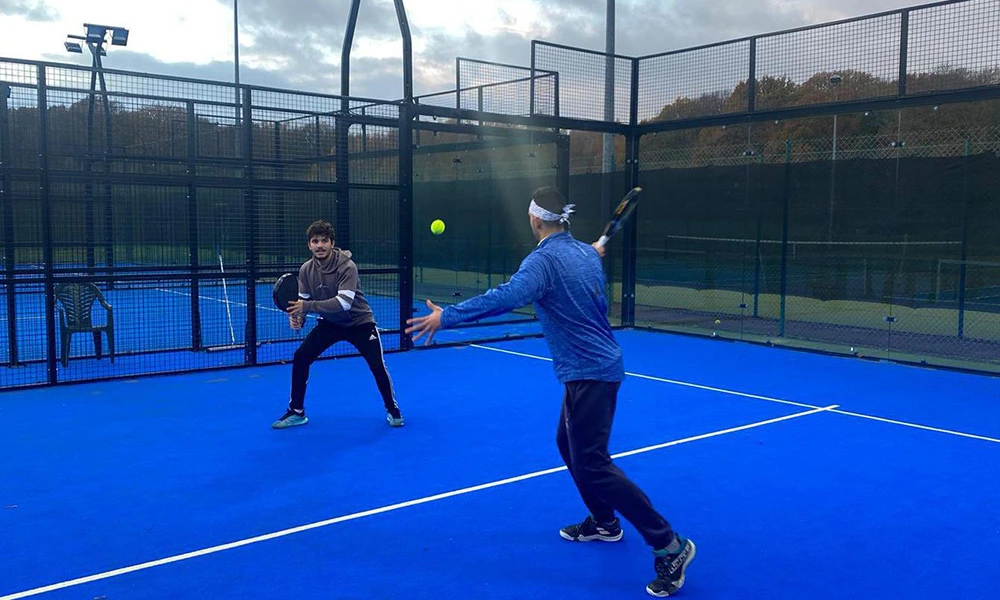
5. All-weather operation to improve utilization efficiency
Many modern padel courts are equipped with lighting systems and split ceilings to achieve all-weather operation. Whether it is a warm-up match before work in the morning or a social event after get off work at night, padel can meet the user's usage needs. This high utilization rate and extended time bring about the maximization of venue benefits.
6. Low learning threshold, broadening the target customer base
Padel is easier to get started than traditional tennis. Regardless of age, gender, and sports foundation, it is easy to participate, which makes the customer base of the court extremely broad, suitable for both sports enthusiasts and beginners and social customers. This combination of "playability + viewing" greatly improves customer stickiness and consumption willingness.
7. A new label for a healthy lifestyle to meet market trends
Modern people pay more and more attention to physical and mental health and quality of life. Padel burns as many calories per hour as high-intensity fitness activities. It is also highly interesting, has a low risk of injury, and is social. It is very suitable to be part of corporate culture construction and employee welfare, and is also popular among home users. The court can introduce peripheral products such as healthy diet, nutritious drinks, and sports equipment to expand value-added income.

8. Event economy and brand co-branding bring value-added space
With the rapid development of Padel around the world, Padel clubs, event IP, brand linkage, youth training camps and other operating models have been launched in various places. Investors can build brand influence by hosting events, sponsoring leagues, and building professional teams. At the same time, they can introduce commercial resources such as sports training, equipment sales, and sideline advertising to create a sustainable profit model for the project.
9. Short construction period, strong replicability, suitable for multi-location layout
The modular construction and standardized size of the Padel court make it extremely easy to promote and replicate. Multiple communities, commercial districts, schools, and sports centers in a city can all become potential venues. From single-point trial to chain expansion, and even developing into a regional brand and franchise platform, Padel is an scalable and extensible business.
10. Seize the trend dividend and occupy the market high ground in advance
Padel is in the golden period of global expansion, especially in North America, Latin America, Asia and other regions. Whoever lays out first will have early dividends and first-mover brand advantages. At present, Padel is still a blue ocean in the Chinese, Southeast Asian, Middle Eastern and African markets. Investors entering the market at this time is the best time to achieve rapid breakthroughs and capital appreciation.

